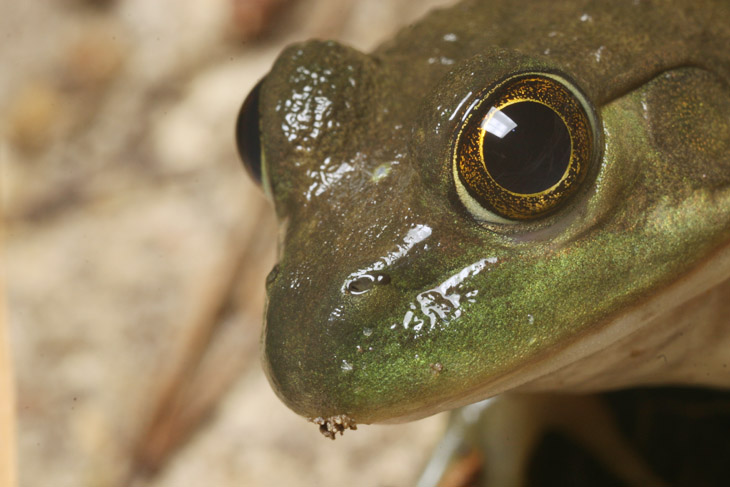
So, yeah, it’s been a little longer than I intended to go between posts – the idea of having two Monday colors back-to-back is, I admit, additional motivation to get something up. I wanted to say that it’s a good thing I’m not paid for this, but that’s not exactly true; getting paid for posting would be quite nice, actually. It’s a good thing no one is depending on me to produce content routinely, where I could lose the pay if I failed, but I’m happy with the ability to let it go when nothing is stirring in my mind.
And suddenly, I have several things to post about, so they’ll all be jammed into this one. We’ll start with the frog above, a resident in the pond I’ve been (ever so slowly) working on, still unidentified. This photo is not a crop, but actually full-frame, taken at night while it was dazzled by the headlamp – yes, I really did get that close, notable because the two frogs in the pond are notoriously shy and do not allow close approaches if they’re aware of it. This is good, because it means they’re unlikely to fall prey to the red-shouldered hawk in the area, but it also means daylight pics are next to impossible. We’ll come back to this in a minute.
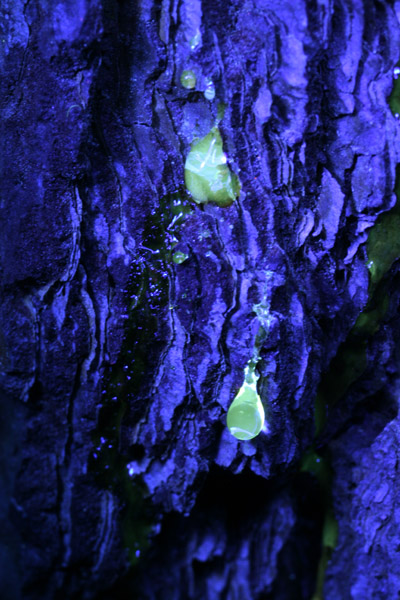 Last year, I played around a little with a UV flashlight, attempting to find local species that fluoresce under ultra-violet light. Scorpions do this remarkably well, but we don’t have them around here. I was prompted to try again recently by reading about how many spider species reflected UV distinctly, but this is different from fluorescence. Most flowers reflect UV, but we simply don’t have the eyes to see it, and it is assumed that the spiders with that trait have it because it attracts insects just like the flowers do. UV fluorescence, however, is the trait of absorbing UV and re-emitting the energy in visible (to us) light – no flower that I have found does this, but the sap of longneedle pines does, as seen here. And a few arthropods have this trait, sometimes in a selective pattern, but so far I’ve seen very few, primarily covered in that previous post. One exception was a small, rust-colored arachnid that I’ve seen frequently but had a great deal of difficulty getting a decent image of, a relative of the harvestman or daddy-longlegs – this one was distinctly fluorescing in a pattern around the legs, but at the time I spotted it I was without anything to capture it within (stupidly,) and by the time I returned it was nowhere to be seen. If I nab one I’ll be back with the images.
Last year, I played around a little with a UV flashlight, attempting to find local species that fluoresce under ultra-violet light. Scorpions do this remarkably well, but we don’t have them around here. I was prompted to try again recently by reading about how many spider species reflected UV distinctly, but this is different from fluorescence. Most flowers reflect UV, but we simply don’t have the eyes to see it, and it is assumed that the spiders with that trait have it because it attracts insects just like the flowers do. UV fluorescence, however, is the trait of absorbing UV and re-emitting the energy in visible (to us) light – no flower that I have found does this, but the sap of longneedle pines does, as seen here. And a few arthropods have this trait, sometimes in a selective pattern, but so far I’ve seen very few, primarily covered in that previous post. One exception was a small, rust-colored arachnid that I’ve seen frequently but had a great deal of difficulty getting a decent image of, a relative of the harvestman or daddy-longlegs – this one was distinctly fluorescing in a pattern around the legs, but at the time I spotted it I was without anything to capture it within (stupidly,) and by the time I returned it was nowhere to be seen. If I nab one I’ll be back with the images.
The funny thing about scampering around with a UV flashlight is how many false alarms occur. Many synthetic materials fluoresce quite well, and it isn’t until very close inspection that it can be determined to be just a bit of refuse. I’ve stumbled onto bits of fishing lures, and this particular one had me thinking I’d snagged a bit of fungus before I got a good look at it under high magnification.
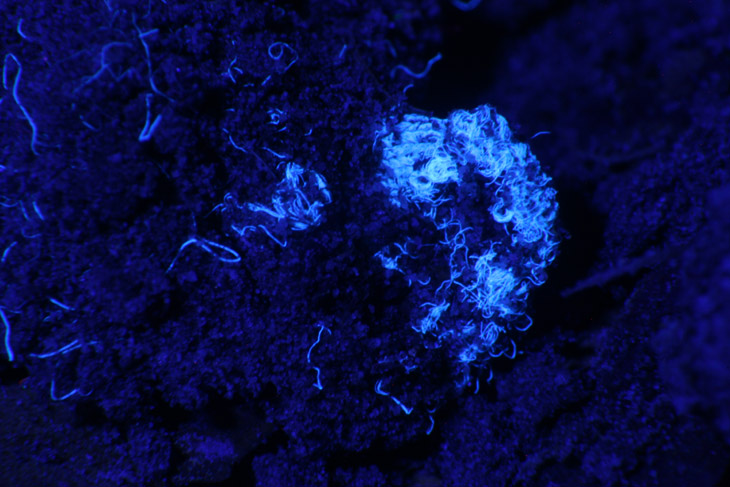
From a normal viewing distance, this was just an indistinct glow, but once I got the serious lens on it the true nature became obvious. Under visible light, practically nothing at all was to be seen.
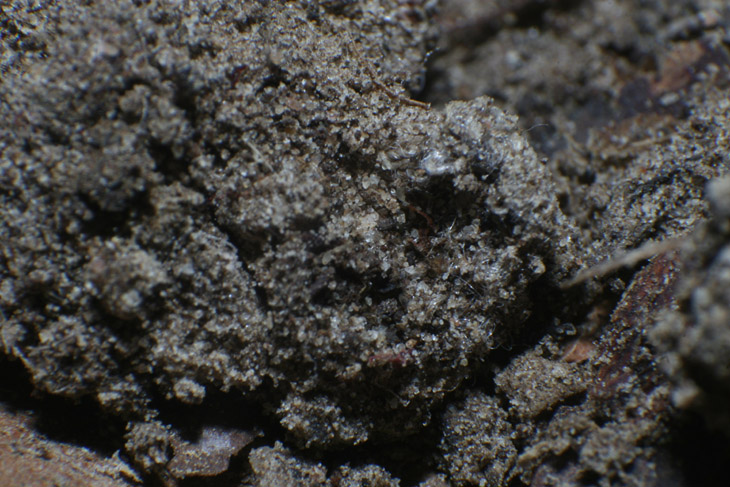
If you look closely, you can just barely make out the pattern of fabric in one spot. The previous owners of this house had a dog, and let me tell you, no matter how old and ratty the cover of a tennis ball has gotten, it still lights up brightly under the UV light.
But not everything was a false alarm. I had been keeping an eye on this cluster of insect eggs but it appeared that any further emergence was unlikely; on a whim, I aimed the UV light at them.
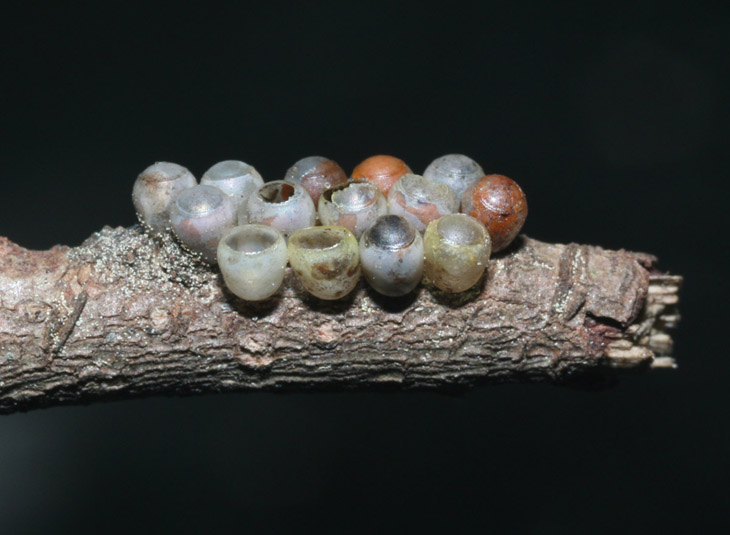

Given the variety of fluorescent response, I get the impression that this is evidence of a fungus rather than a property of the eggshells, but I’m just guessing right now. On the contrary, the fluorescence of this other egg case looks far more of an inherent property to me.

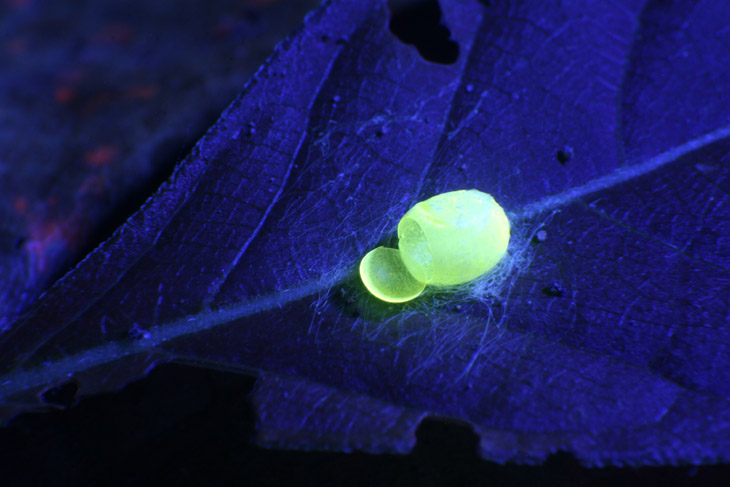
This one was probably the strongest non-synthetic fluorescence that I’ve found so far. It’s still not a scorpion, and if anyone wants to mail me one, please don’t hesitate. A little warning would probably be a good thing, though…
The coolest discovery, however, was this one.
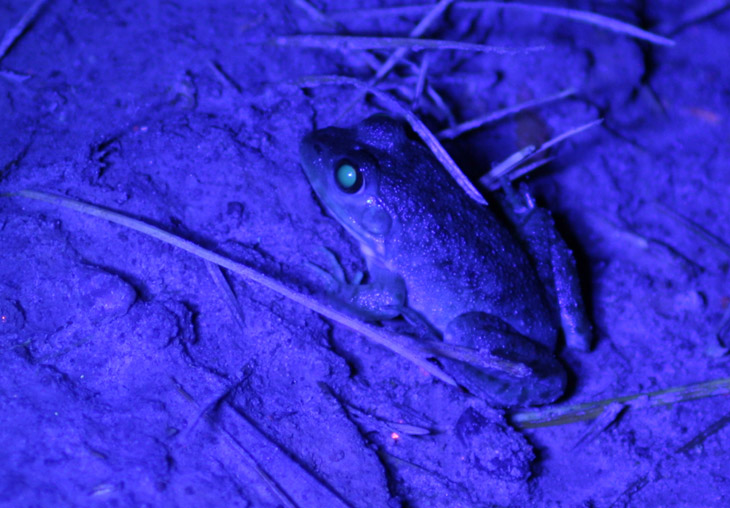
I can’t begin to tell you why this occurs, but you have to admit it’s pretty slick, isn’t it? This took two attempts, because I needed to set up the tripod for a long exposure, and the frog bounded off into the water when it heard a sound too close for its liking. The orange speck, by the way, is evidence that the utility companies marked some lines in the yard with fluorescent paint recently – let me tell you, that stuff shows up so distinctly it’s scary.
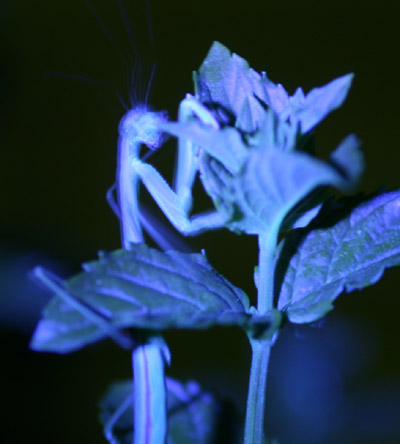 Of course I had to see what happened with my resident praying mantises; they appear to be a tad more reflective than the plants, but nothing spectacular. And of course, expecting them to hold still during the long exposure time is a foolish pursuit.
Of course I had to see what happened with my resident praying mantises; they appear to be a tad more reflective than the plants, but nothing spectacular. And of course, expecting them to hold still during the long exposure time is a foolish pursuit.
I have been purposefully avoiding posting more photos of the mantids, trying for a little variety and believing there really can be too much of a good thing, but it means I’ve been blowing past some of the better images of the little spuds that I’ve been getting. Not this one, of course. We have had seven or so residents, primarily sticking to certain areas but with a random amount of rotation. Just recently, several appear to have moved on, so my ability to find models has been reduced. The one you are about to see is a new discovery, or potentially one of the ones from the front yard that wandered into the back. It would be nice to be able to tell them apart, but even if I somehow got a dab of paint or something onto them, this would be an unnatural thing to appear in photos, and they would simply discard it with their exoskeletons on the next molt. Even size isn’t a useful guide, because they can undergo an abrupt increase immediately after a molt, and most of them appear to be eating quite well.
 So, this one was spotted tonight traipsing around on the sea oat plant soon after I’d watered it, and I shamelessly coaxed it immediately next door onto The Girlfriend’s prized calla lily, where it took its cue like an old pro and provided several fetching poses right atop the fading blossom (I hadn’t even put it there – you gotta love cooperation.) This one is medium sized, which means about 6 cm in body length – there are both far larger and far smaller examples in the yard right now. Some of them must be getting towards final instar, the breeding adult phase, and I feel confident that we’ll have at least one egg cluster someplace in the yard to keep an eye on next spring. I’ll just have to locate it…
So, this one was spotted tonight traipsing around on the sea oat plant soon after I’d watered it, and I shamelessly coaxed it immediately next door onto The Girlfriend’s prized calla lily, where it took its cue like an old pro and provided several fetching poses right atop the fading blossom (I hadn’t even put it there – you gotta love cooperation.) This one is medium sized, which means about 6 cm in body length – there are both far larger and far smaller examples in the yard right now. Some of them must be getting towards final instar, the breeding adult phase, and I feel confident that we’ll have at least one egg cluster someplace in the yard to keep an eye on next spring. I’ll just have to locate it…
Oh, you don’t think this is all that “fetching” a pose? Well, even the supermodels have to warm up before they drop the goods on you. What about this?
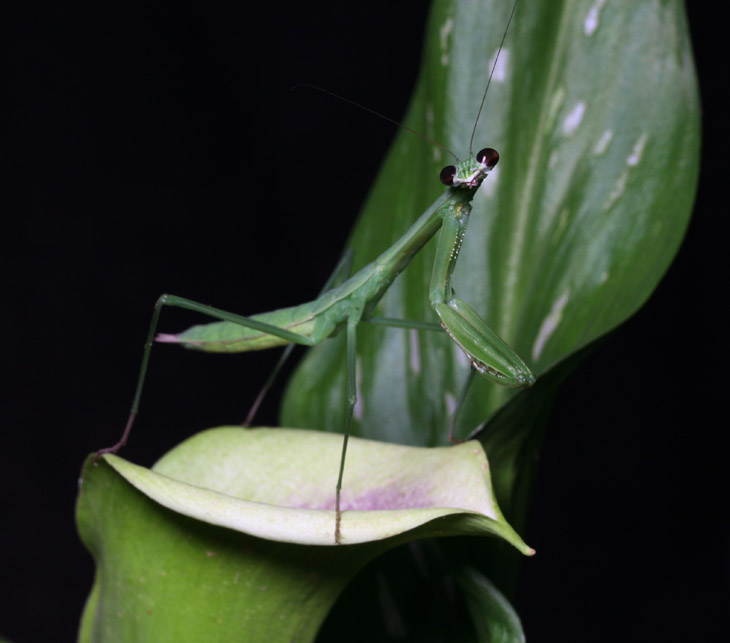
That there’s grace and poise, that is. An impish tilt of the head with that innocent smile and those eager eyes – not everyone can pull this off. Sometimes greatness is undeniable.
Seriously, this mantis craned around looking at the sky several times, including straight up. Since this was night I can’t imagine what it might have been seeing, but it did more peering around than I’ve ever seen from the species.
It’s still quite muggy here, having been several days since the last rain and rarely hitting the dewpoint at night, so I brandished the misting bottle and gave my model a brief shower. While this sometimes causes mantids to seek cover and sometimes causes them to come out for the moisture, this one scampered right to the topmost leaf and sat up stroking the air as if trying to climb into the mist. I’m starting to think there was something wrong with it.
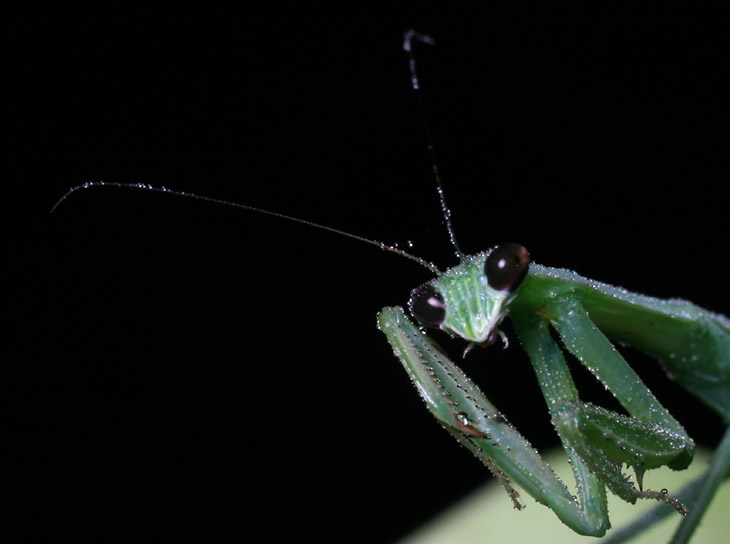
Perhaps it was possessed with the spirit of someone, and was trying to communicate. I’m sorry to say I didn’t get it.
A large, brown mantis has been inhabiting the day lilies out front for several days now, despite my warnings. When I was working on the car a few days back, I was right next to the lilies and walking back and forth, and I looked down to find the brown one waving at me as I went past. Naturally I stopped, and it came out onto a leaf as far as it could in my direction. Intrigued now, I reached down, and the mantis clambered aboard my filthy hands happily and used me as a bridge to go to the next plant over, then did the same beckoning routine. I ended up going in, cleaning up, and bringing out the camera for this dramatic pose.
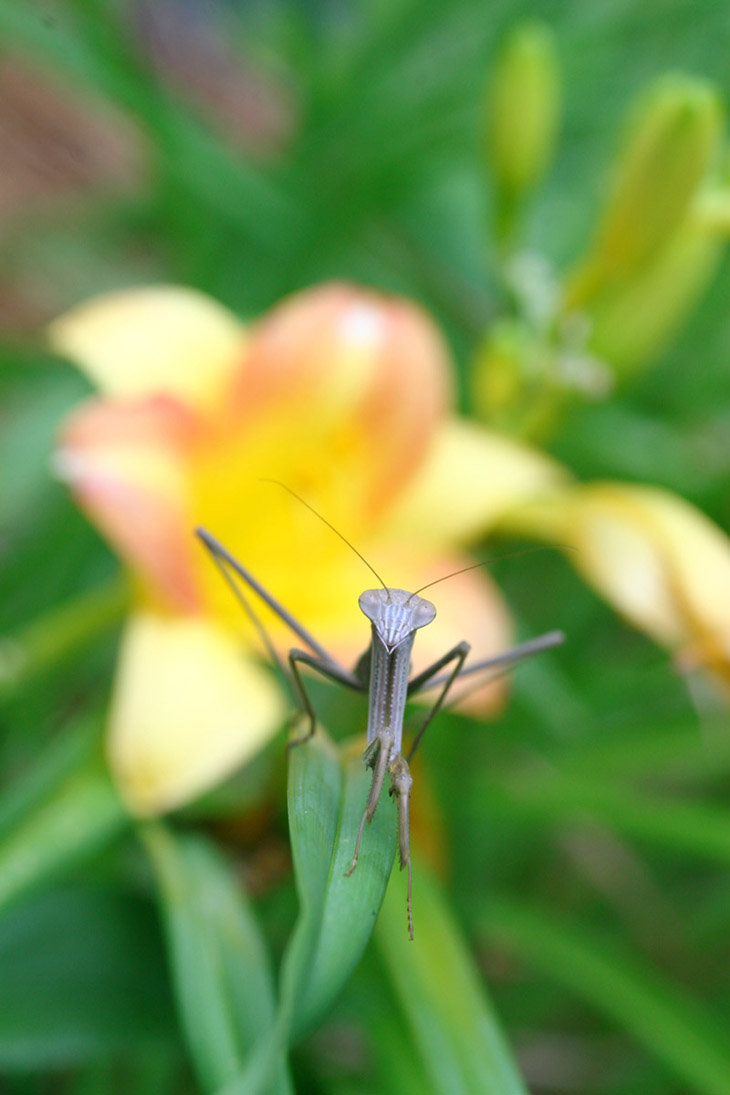
This is the arthropod equivalent of walking in slow motion towards the camera while an explosion occurs behind.
This particular mantis, one of the few I can tell apart from the others, has been remarkably blasé about my presence with the camera, though it’s still possible to spook it at times. It’s been such a good model, though, that when I came across a katydid trapped in the web of a spider far too small to do anything about it, I collected the captive and perched it on the day lilies only a short distance from this mantis – naturally, I was sitting nearby with the camera. The encounter did indeed take place, but my model here missed the pounce and the katydid leapt away and vanished.
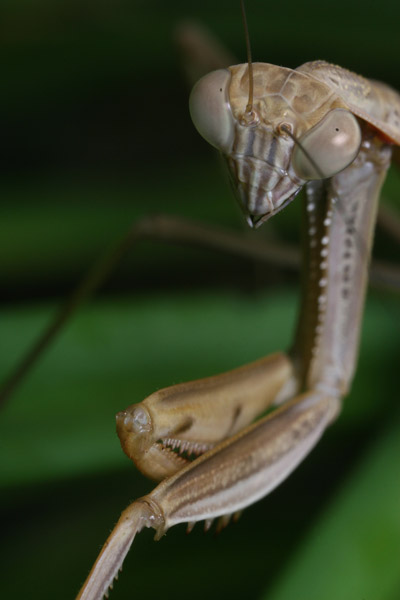 Sometimes, the angle and pose come together just right to produce an evocative expression from, really, a species that can’t actually change expression. The tilt of the head and the shape of the eyes, even the dipped antenna, just says to me, “Boah, you got a permit for that?”
Sometimes, the angle and pose come together just right to produce an evocative expression from, really, a species that can’t actually change expression. The tilt of the head and the shape of the eyes, even the dipped antenna, just says to me, “Boah, you got a permit for that?”
And speaking of justice, this image isn’t done it by display here. What I mean to say is, at this resolution you can’t see half of the detail that was actually captured. This is once again full-frame, and at some point I’m going to do this as a big print – I don’t decorate with my own shots very often because I get tired of seeing the same thing, but this is one that I don’t think will suffer that fate.
I’ll take a moment to point out here that light angle can mean a lot to your images. Of course you want to see detail, but direct light is boring, and it takes some degree of sidelighting to bring out the shapes and contours of your subject. Finding the right angle can be tricky, and I can only half credit this one to knowledge – I have some spider pics from a few days back where crucial details were lost in shadow. If you want to tackle macro work, you should definitely be looking at a flash bracket that gives you lots of flexibility (and, take it from me, isn’t too heavy or awkward.)
But back to the detail, which can be seen with a tighter crop of the same frame. This is still only about half of the actual resolution, but it shows enough, I think.
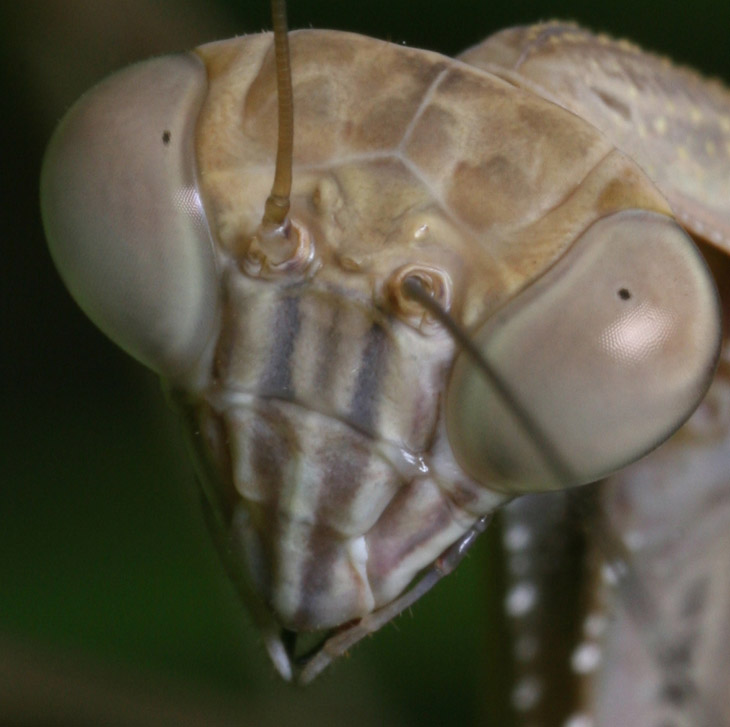
My model was unavailable for a precise measurement, but I checked with another that was comparably-sized; the distance across the eyes is about 7mm, or the width of a pencil. Gives an idea of just how small those ommatidia (eye facets) are, doesn’t it? So how big should I make the poster?






















































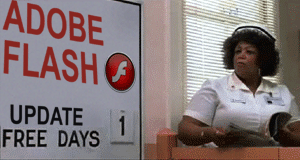 Oh, look – “Adobe Flash has yet another security issue and is automatically disabled to force you to update it. You know, for your protection.” Is anyone buying this bullshit?
Oh, look – “Adobe Flash has yet another security issue and is automatically disabled to force you to update it. You know, for your protection.” Is anyone buying this bullshit?
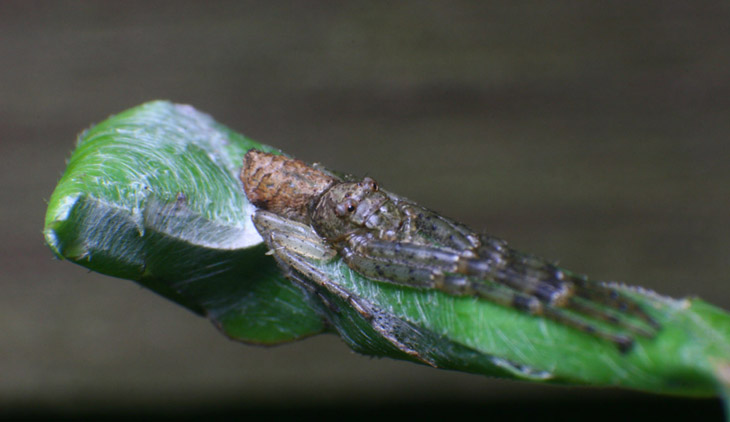
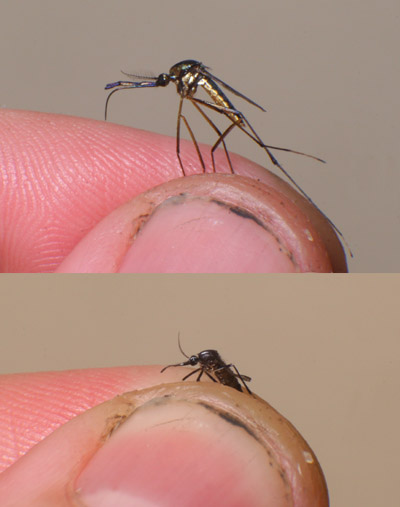 That… is a phrase that should become a new curse. Let’s start the ball rolling.
That… is a phrase that should become a new curse. Let’s start the ball rolling.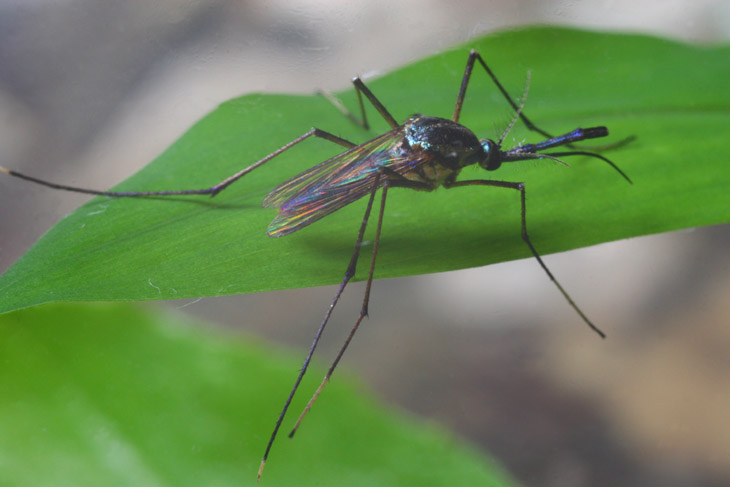
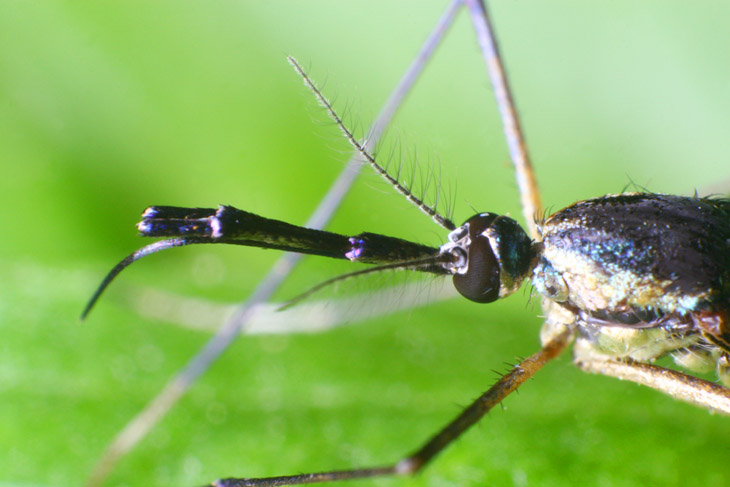
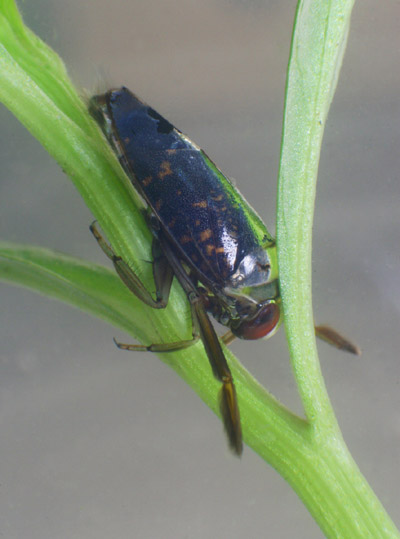 This is a backswimmer, genus Notonecta, possibly
This is a backswimmer, genus Notonecta, possibly 
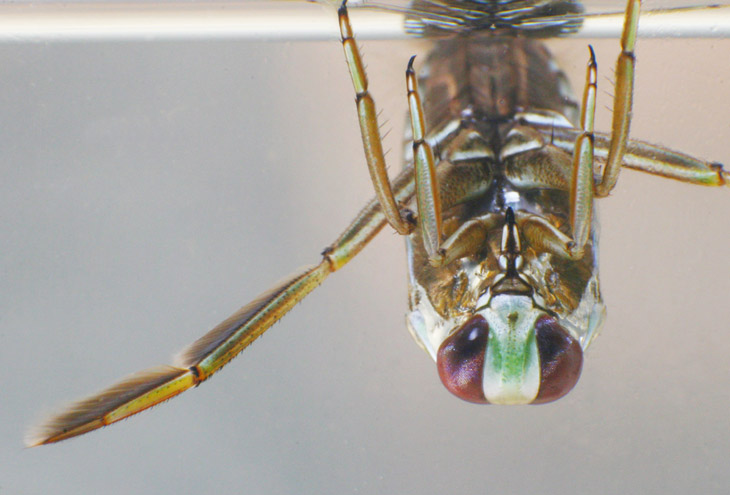
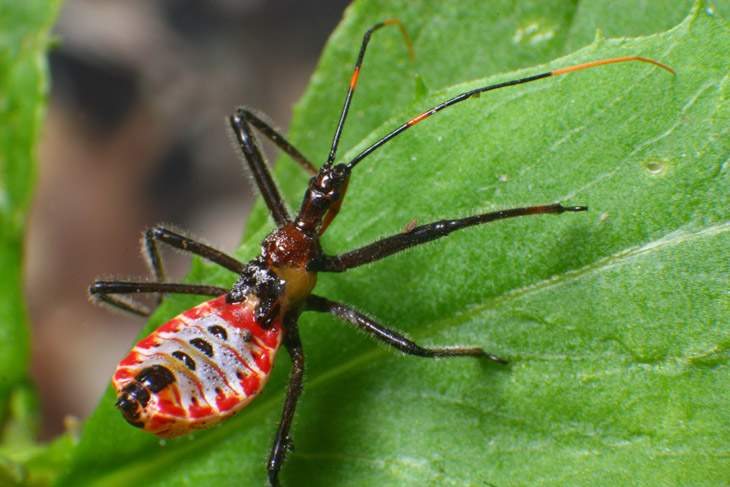
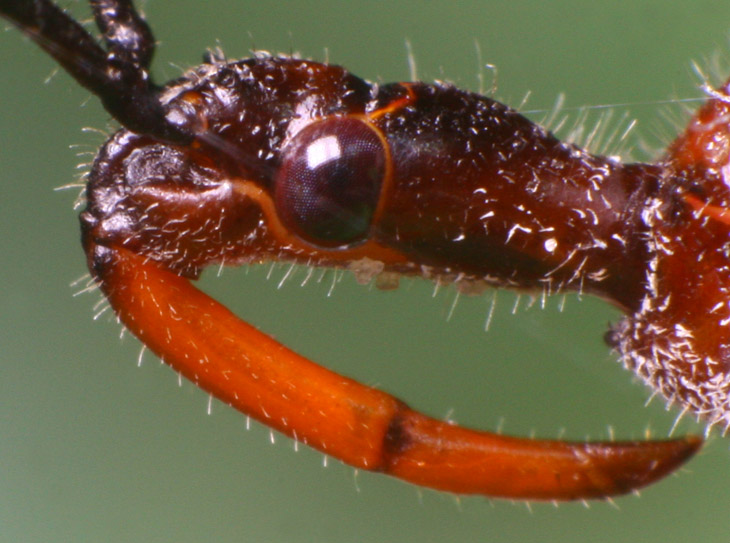
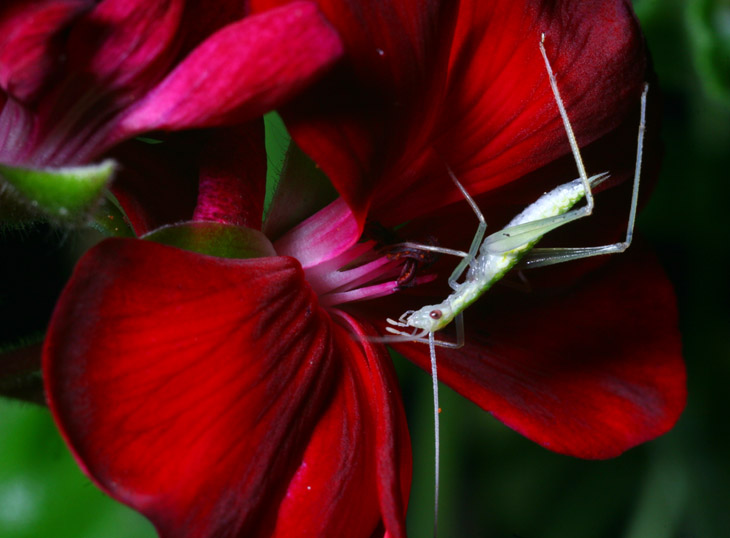
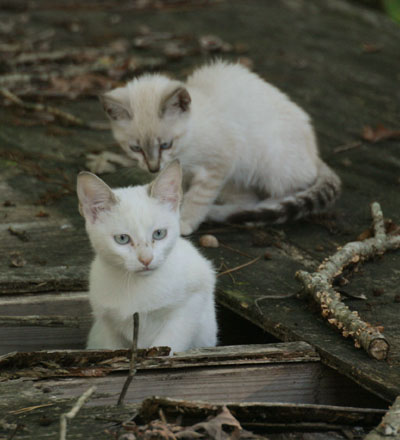 Four years ago today, the Boogs were born. More or less, anyway. When they
Four years ago today, the Boogs were born. More or less, anyway. When they 
 This pic is from March, not showing off their colors as well but you can at least see their blue eyes – they’re very pleased with the screened porch of the new house. And the top perch is definitely Little Girl’s – it’s as tall as I am and so she can gaze down at me, engaging in swatting matches and occasionally bopping me on top of the head when she gets excited.
This pic is from March, not showing off their colors as well but you can at least see their blue eyes – they’re very pleased with the screened porch of the new house. And the top perch is definitely Little Girl’s – it’s as tall as I am and so she can gaze down at me, engaging in swatting matches and occasionally bopping me on top of the head when she gets excited. I realize I started a pattern with posting abstract images on the last day of
I realize I started a pattern with posting abstract images on the last day of 